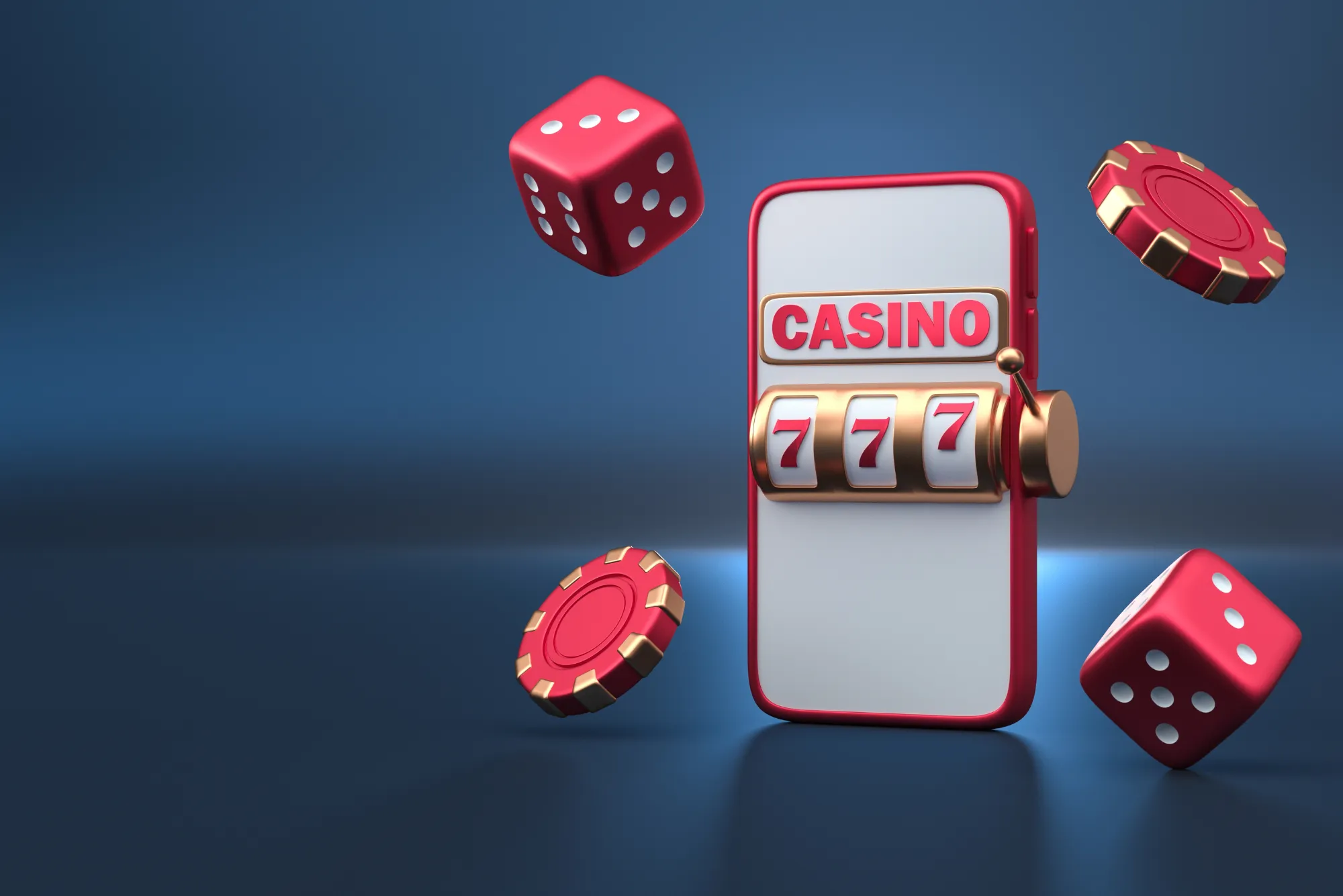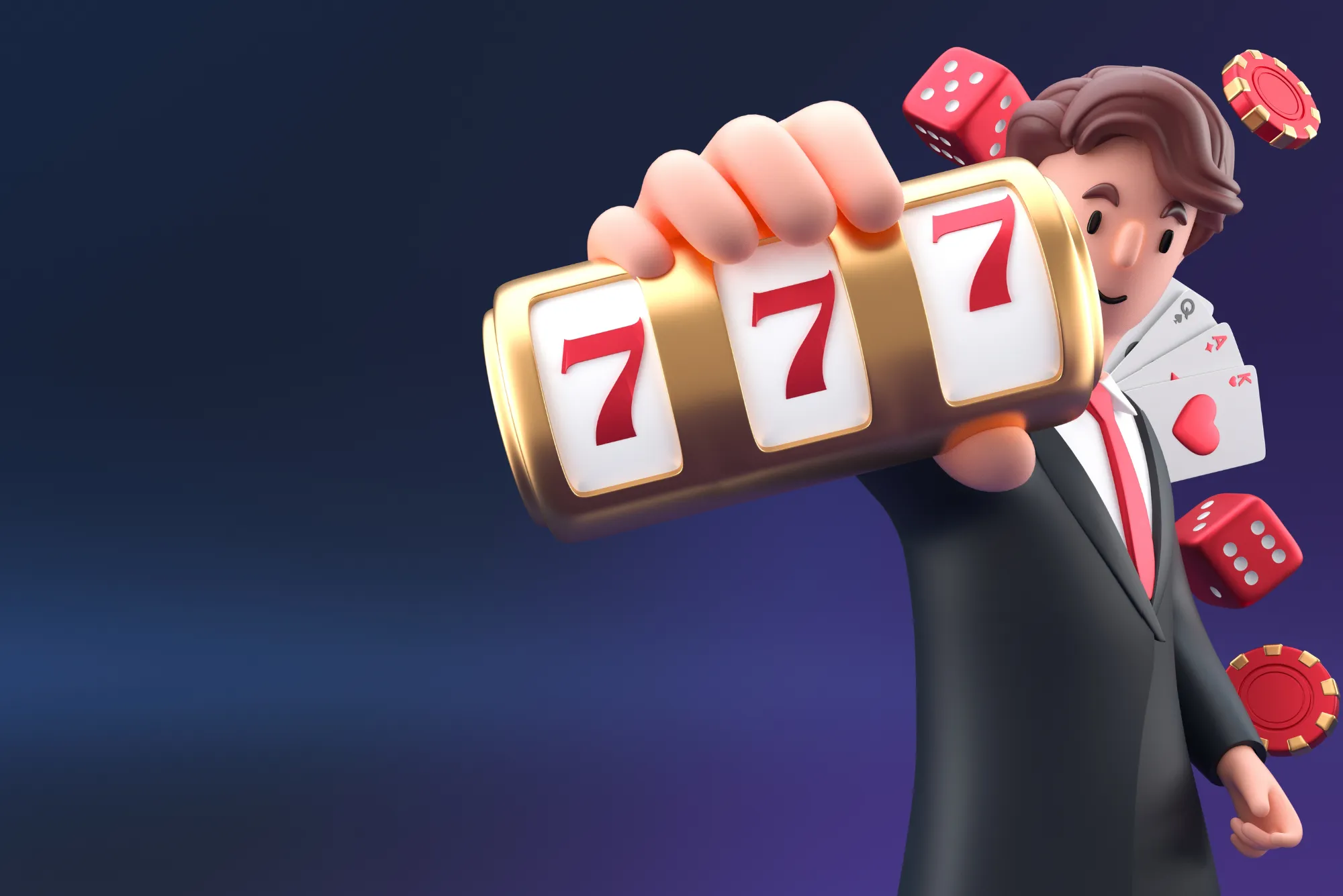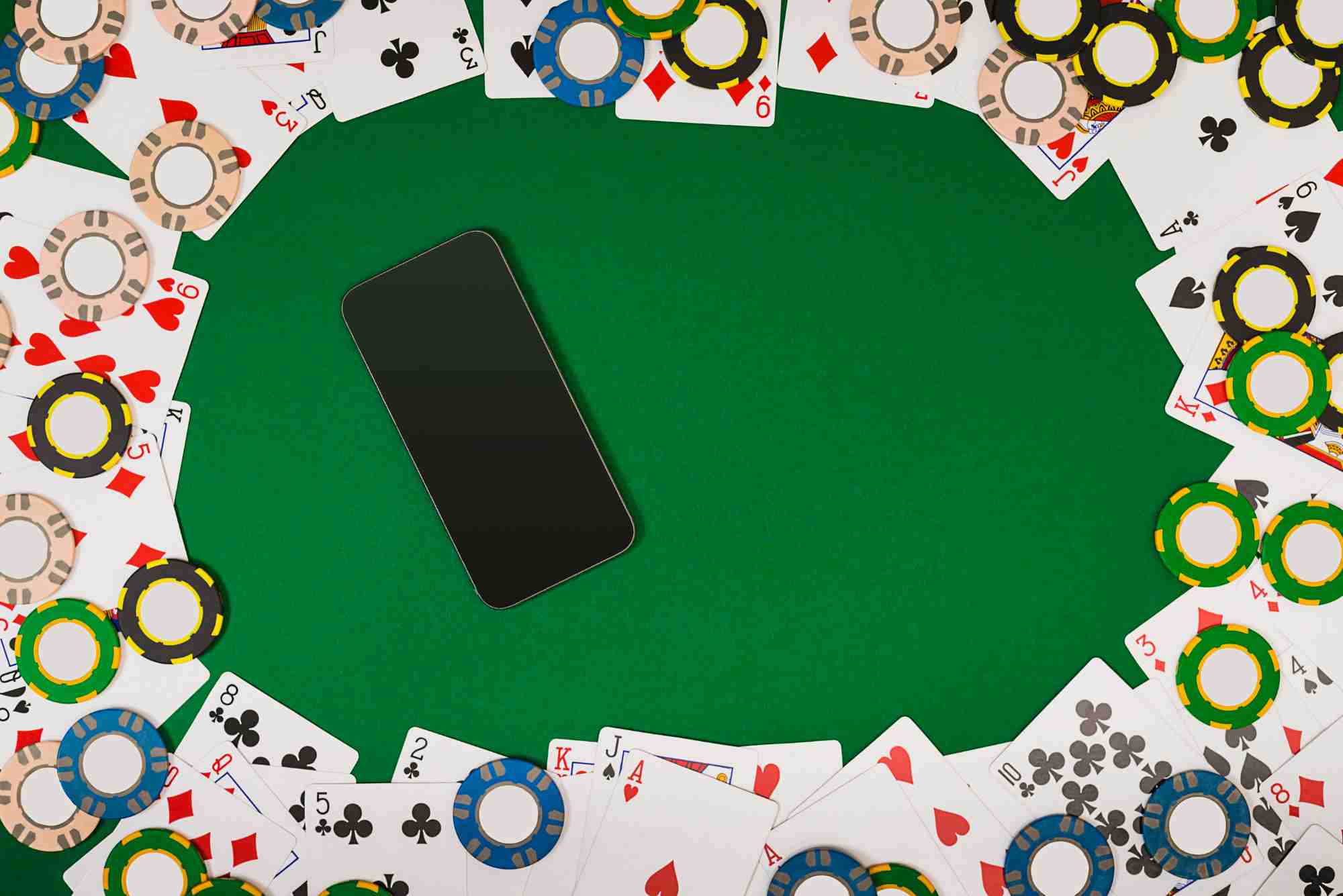When I first stepped onto the casino floor as a curious hobbyist years ago, I was mesmerized by the flashing lights and the promise of instant rewards. One machine boasted a “Quick-Hit Jackpot” with a dynamic number climbing every spin, while another displayed a digital countdown until its next big payout. Since then, I’ve spent countless hours analyzing both types, chatting with slot designers, and even testing prototype games. Here, I’ll share what I’ve learned about how quick-hit jackpots differ from timed jackpots—and how understanding these distinctions can shape your strategy and enjoyment.
What Is a Quick-Hit Jackpot?
Quick-hit jackpots—sometimes called “random fixed” jackpots—are designed to trigger at any moment. Behind the scenes, the game continually checks each spin against a programmed probability. If the random number generator (RNG) hits a specific threshold, the player instantly wins the jackpot amount currently displayed.
Mechanics and Odds
When I developed a custom slot feature in a sandbox environment, we set the quick-hit jackpot probability at one in 50,000 spins. That meant over long play sessions, the jackpot would pay out at a predictable rate matching its theoretical Return to Player (RTP). However, because the timing is random, you could hit it on your first spin or never during a lengthy session. The displayed jackpot amount typically increases with each spin that doesn’t win, funded by a small percentage of each bet.
Player Experience
The thrill of quick-hit jackpots lies in their unpredictability. There’s a heady rush when the screen flashes “JACKPOT!” on a seemingly ordinary spin. In my own experience at non-gamstop casinos (where operators often cater to high rollers seeking more varied options), the chatter around these machines revolves around “Did you see someone just hit it ten spins ago?” The spontaneity creates contagious excitement, with groups gathering to watch each new spin in real time.
Understanding Timed Jackpots
Unlike quick-hit jackpots, timed jackpots are scheduled events. They distribute the jackpot pool at set intervals—say, every hour or at specific clock times. At the countdown’s end, one eligible player wins, often through a random selection among recent participants or by meeting a minimum bet requirement.
How Timed Jackpots Work
In one online casino project I consulted on, the timed jackpot was set to run on the hour every 60 minutes. Players earning any wager during that window earned an entry ticket for the draw. At zero seconds, the system performed a weighted random selection, choosing a winner and resetting the countdown. This approach ensured the jackpot paid out exactly on schedule, which became a draw for players who wanted to target the final minutes of each round.
Community Engagement
Timed jackpots foster a communal vibe. I remember standing near a bank of machines as the clock struck, hearing cheers when the countdown hit zero and watching the winner’s machine erupt in fanfare. It’s less about the single spin and more about anticipation building across a group of players. Operators often promote timed jackpots with scheduled announcements or on-screen alerts, which can boost overall casino traffic around those key times.
Key Differences in Structure and Strategy
Randomness vs. Schedule
Quick-hit jackpots hinge entirely on RNG outcomes per spin, making them wild and surprising. Timed jackpots, in contrast, tie directly to the clock. Your odds in a timed jackpot depend on your number of entries relative to others between intervals, and sometimes on meeting bet thresholds.
Bankroll Considerations
With quick-hit jackpots, you’re essentially buying lottery tickets with each spin. It’s best to manage your bet size relative to your bankroll so that you can sustain play long enough to chase the jackpot probability curve. In timed jackpots, you might pace yourself to concentrate bets in the final minutes, optimizing entry counts when others have slowed or left the floor.
Psychological Impact
The instant gratification of a quick-hit win can be irresistible, often leading players to chase a recent jackpot like it’s “due.” Timed jackpots channel excitement into cyclical peaks—every hour, everyone pauses and plays together, creating a social momentum that quick hits rarely match.
Should You Play Quick-Hit or Timed Jackpots?
Deciding which jackpot type suits you comes down to your play style and social preferences. If you crave instant adrenaline and don’t mind unpredictable variance, quick-hit jackpots deliver. They can be especially appealing at non gamstop casinos, where vibrant side-bet communities form around these titles. If you prefer the camaraderie of a scheduled event, timed jackpots provide communal excitement and clear milestones to aim for.
Operational Benefits for Casions
Predictable Payout Schedules
From an operational standpoint, timed jackpots offer transparent payout timelines, simplifying cash flow management. Quick-hit systems require long-term statistical tracking to ensure payouts align with RTP targets, which can be more complex to monitor.
Marketing and Loyalty
Casinos leverage timed jackpots as event-based marketing tools. Email newsletters, lobby displays, and social media teasers about “Next Hourly Jackpot at 7 PM!” drive both online and foot traffic. Quick hits, while exciting, lack the same promotional hook because they occur randomly.
Real-World Examples and Insights
Case Study: Land-Based Casino Rollout
Last year, I attended the launch of a hybrid slot floor in Macau. The operator introduced quick-hit progressive side bets alongside a timed network jackpot that paid out a luxury car every weekend. Players responded enthusiastically to both. Quick hits catered to high-frequency players chasing adrenaline, while the timed car jackpot became a weekly event drawing crowds even on traditionally quiet days.
Online Integration
In online environments, timed jackpots translate to scheduled prize drops—sometimes with digital broadcasts announcing winners. Quick-hit mechanics remain popular side bets or bonus features layered on standard slots, offering “jackpot adds” at random moments.
Tips for Quick-Hit Jackpots
Bankroll Management: Set a budget that allows you to spin enough times to chase the RNG probability curve.
Minimum Bets: Often, the jackpot triggers only on max or near-max bets—check the rules before you play.
Session Length: Short spikes of play can be fun, but longer sessions statistically align better with theoretical hit rates.
Tips for Timed Jackpots
Entry Timing: Plan to play more heavily in the final 10–15 minutes before the draw to maximize your entries.
Group Play: Coordinate with friends or join forums—some strikes occur when community camaraderie peaks around the countdown.
Minimum Wager Requirements: Ensure you meet any minimum bet thresholds during the window to qualify.
Conclusion
Both quick-hit and timed jackpots offer unique thrills and strategic considerations. Quick hits are about spontaneous glory—striking at any moment if the RNG favors you. Timed jackpots orchestrate group excitement around the clock, turning the casino into a ticking time machine of anticipation. By understanding their mechanics, bankroll implications, and social dynamics, you can choose the jackpot format that suits your appetite for risk and community. Whichever you pick, remember to play responsibly and savor every moment of the chase.







